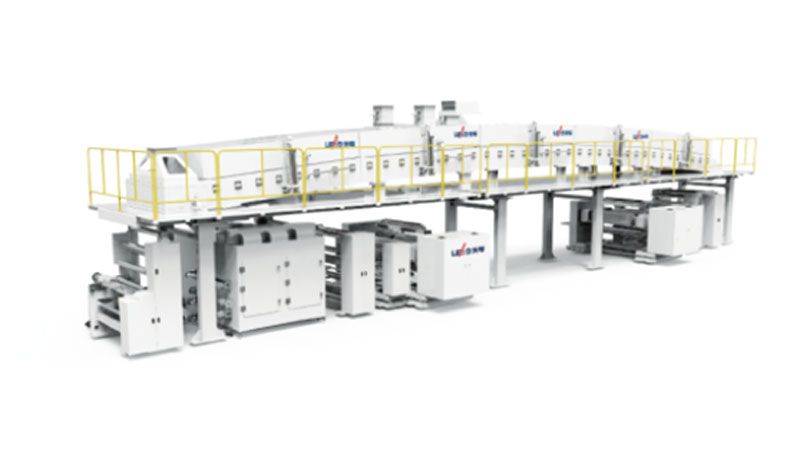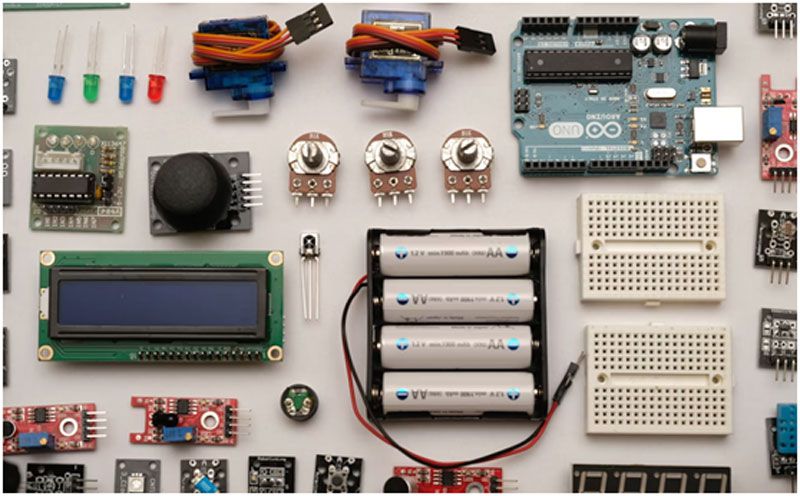Battery coating is the process of applying uniform layers of active materials—such as cathode and anode slurries—onto metallic foils that serve as current collectors. While it may seem like a simple surface treatment, this step requires perfection. That’s because it plays a decisive role in determining a battery’s performance, safety, and lifespan in modern battery manufacturing.
Quantifiable benchmarks, including uniform thickness, optimal adhesion, smooth particle distribution, and precise drying control, define the pursuit of perfection in battery cell coating. Each of these factors directly influences the internal resistance, thermal stability, and overall efficiency of the battery.
In other words, achieving cell coating perfection means mastering the balance between material science and manufacturing accuracy, defining the next generation of high-performance energy storage.
Factors to Achieve a Perfect Battery Coating
1. The Quality of Slurry Mixing
In battery cell coating, the fundamental properties of the slurry determine how smoothly and evenly the coating process can proceed. Among these, viscosity is one of the most critical parameters. This reflects the internal flow behavior of the mixture and directly influences coating stability. In practice, the slurry’s flow characteristics also affect edge definition, surface smoothness, and coating uniformity.
The viscosity of the slurry depends on multiple factors:
- The formulation ratio of active materials and binders
- The choice of solvent
- The mixing sequence
Each variable must be precisely controlled to achieve consistent rheological behavior. If the slurry is too thick, it may cause interruptions or irregularities during the coating process. If too thin, it can lead to poor adhesion and uneven distribution on the substrate.
2. The Importance of the Substrate in Battery Cell Coating
The substrate—typically aluminum foil for cathodes and copper foil for anodes—serves as both the structural base and the electrical pathway for the battery, determining the success of the coating process.
- Surface tension is the first. The substrate must allow the slurry to spread evenly—if its surface energy is too low, the coating will form streaks or gaps. Proper formulation or surface treatment ensures the slurry wets the foil smoothly.
- For thickness uniformity, uneven leads to inconsistent coating layers because the coating gap changes with surface variation. Precise material control during foil production helps maintain stable film thickness across the entire width.
- Dust or oil residues on the substrate can cause visible defects and weak bonding. Inline cleaning devices help remove impurities before the coating process.
- Static electricity also poses risks during the coating of battery cells. When the foil moves through rollers, static buildup attracts dust and can even cause sparks. Maintaining humidity, grounding equipment, and using anti-static systems effectively minimizes these problems.
3. The Precision Control of the Die Head
The die head is a critical component in battery coating, responsible for accurately transferring the slurry onto the substrate to form a uniform electrode layer. There are several key influencing factors, including the gap between the die and the substrate, slurry viscosity, coating speed, lip design and the essential one, and internal pressure distribution.
A consistent pressure field at the lip outlet is essential to achieving uniform slurry deposition. Any deviation in internal pressure or flow stability can lead to variations in thickness or surface defects. Therefore, the uniformity of pressure inside the die head and the stability of the feeding system are decisive for ensuring coating quality.
To achieve perfection in battery coating, modern coating equipment has evolved toward higher precision and automation. LEAD’s Separator Coating Machine, for instance, adopt innovations that can enable manufacturers to achieve not only consistent film thickness but also greater yield and production reliability.

Introduce LEAD’s Separator Coating Machine
At the heart of the system is a special dynamic tension control mechanism with an accuracy of ≤ ±1 N. This feature ensures stable separator movement even under high-speed operation, directly addressing the substrate stability challenge.
Why Achieves Perfection: By maintaining consistent tension, LEAD’s Separator Coating Machine can prevent coating defects such as wrinkling or uneven film formation.
To reinforce coating precision, LEAD’s design also emphasizes environmental uniformity. The wind outlet speed deviation is controlled within ≤ ±1.5%, and each oven maintains wind speed homogeneity within ≤ ±3%, while oven temperature uniformity remains within ≤ ±1.5%.
Why Achieves Perfection: These parameters ensure the coating dries evenly, preventing surface stress or variation in adhesion—issues closely related to slurry behavior and drying dynamics.
In addition, the machine offers an optional in-process CCD inspection system, providing real-time monitoring of coating appearance.
Why Achieves Perfection: This automated inspection not only enhances process transparency but also ensures early detection of coating irregularities, reflecting the same precision philosophy that defines die head control.
Through the integration of mechanical accuracy, dynamic stability, and intelligent inspection, the Separator Coating Machine from LEAD delivers a comprehensive solution, making the pursuit of coating perfection a repeatable industrial standard.

